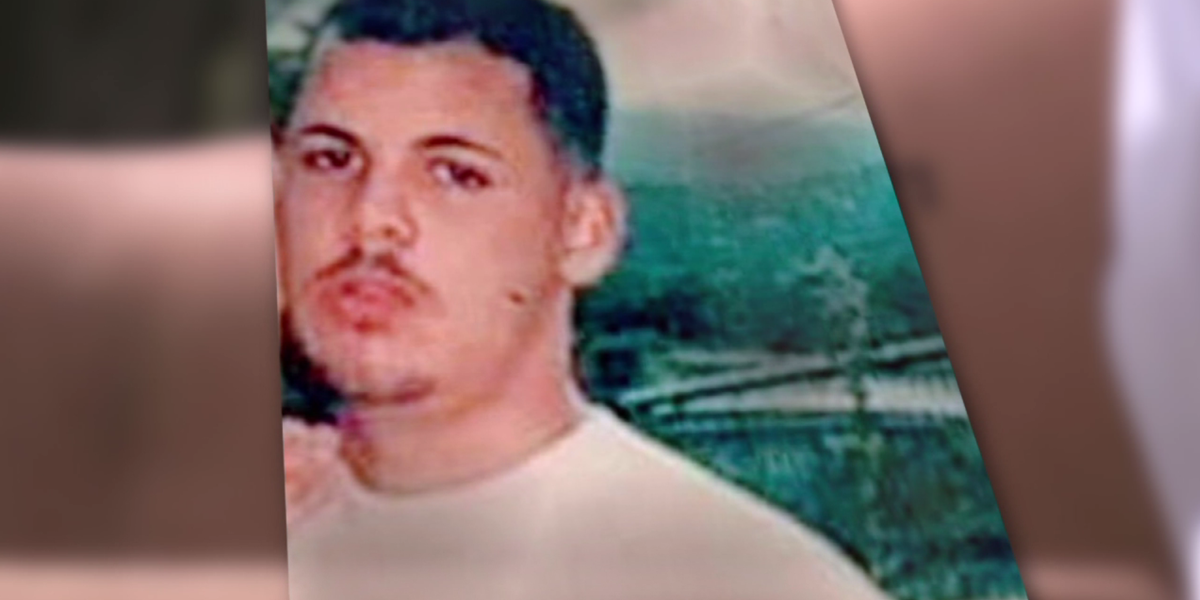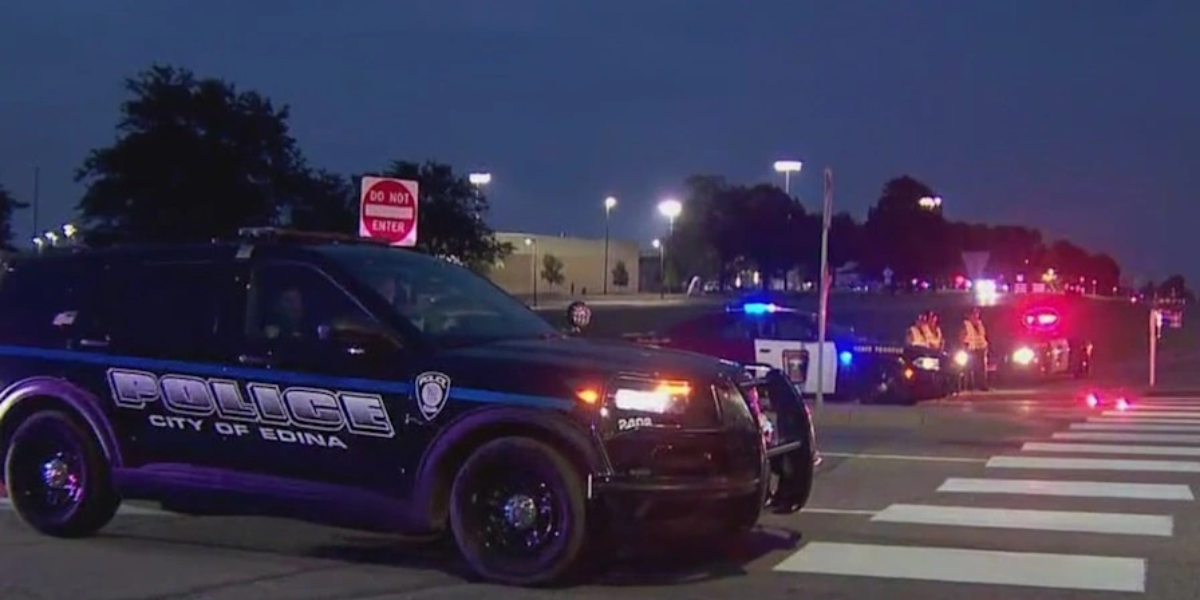CHICAGO — After nearly 18 years of uncertainty and heartbreak, sisters Vilmarilys “Lilly” Hernandez and her sibling have finally found answers about their missing brother, Jean Eli Gonzalez. The long search that began in 2007 has come to a close with the identification of an unidentified man’s remains in Chicago.
A Brother Who Was Always Full of Life
Jean Eli Gonzalez was the family’s bright light — known for his humor and warm spirit. “He was the one always trying to make everybody laugh,” Lilly shared. When Jean disappeared, the family clung to hope, praying that he was safe somewhere.
The Journey to Chicago and Disappearance
Jean arrived in Chicago on September 15, 2007, coming from Puerto Rico with hopes of a fresh start. He had learned about a substance abuse program called “Programa de vuelta a la vida” (Back to Life) through a police officer back home. The program promised medical help, food, psychological support, and assistance with rehabilitation.
Filled with hope, Jean contacted his mother after arriving in Chicago — but after that, the family lost contact with him. They were never allowed to speak with him during his treatment, and conflicting stories about his whereabouts left them in confusion and despair.
The Mysterious Unidentified Man Found in Chicago
Just days after Jean’s disappearance, Chicago police found a man’s body hanging from a billboard near South Halsted Street. A note, handwritten in Spanish and containing a version of the Serenity Prayer often used in rehab, was found with the body. The name “Jean Eli Gonzalez” was written on the note, but the man remained unidentified for years.
The death was ruled a suicide, but without proper ID, the mystery lingered.
Advances in Medical Examiner’s Efforts Bring Closure
Dr. Ponni Arunkumar, Chief Medical Examiner of Cook County, has spearheaded efforts to identify unidentified bodies using modern forensic techniques like DNA testing, bone analysis, and medical device scans.
These efforts were slowed for years by backlogs — according to a Chicago report, over 2,000 DNA samples awaited testing statewide, including many related to unidentified remains.
In February 2025, the body found in 2007 was finally entered into the National Missing and Unidentified Persons System (NamUs) database. The sisters spotted the entry the very next day on social media — translated into Spanish — and recognized their brother.
Confirmation and a Bittersweet Reunion
The family worked with the Medical Examiner’s office to provide DNA samples to confirm the identity. Dr. Arunkumar confirmed a positive match between the unidentified man’s DNA and the family’s.
Jean had been buried in 2008 in an unmarked grave alongside other unidentified individuals at a cemetery in Homewood, Illinois.
Honoring the Lost and Providing Dignity
The Medical Examiner’s office continues to work tirelessly to provide dignity for unidentified people through DNA identification and proper burials.
In July 2025, eleven individuals recently identified through DNA analysis will be honored in a burial ceremony at Mount Olivet Cemetery.
A Family’s Long-Awaited Goodbye
For Lilly and her sister, this discovery brings a painful relief. “After more than 6,000 days, we can finally stop searching,” Lilly said.
The sisters wear matching shirts featuring Jean’s face and a message in Spanish: “Te encontramos” — “We found you.”
Though it’s a bittersweet ending, it gives them a chance to finally say goodbye and find peace after years of uncertainty.
How You Can Help
If you have information about missing persons or unidentified bodies, you can visit the NamUs website or contact your local authorities. Every piece of information helps bring closure to families like Jean’s.
Related Resources
- Learn more about Cook County’s Medical Examiner’s office and identification efforts: Cook County ME
- National Missing and Unidentified Persons System (NamUs): NamUs.gov
This story highlights the power of perseverance, modern forensic science, and community support in solving decades-old mysteries — bringing hope and healing to families who have long waited for answers.
“This article was written by Mathew Owen. AI tools were used lightly for grammar and formatting, but the ideas, words, and edits are all mine.”


 by
by 

